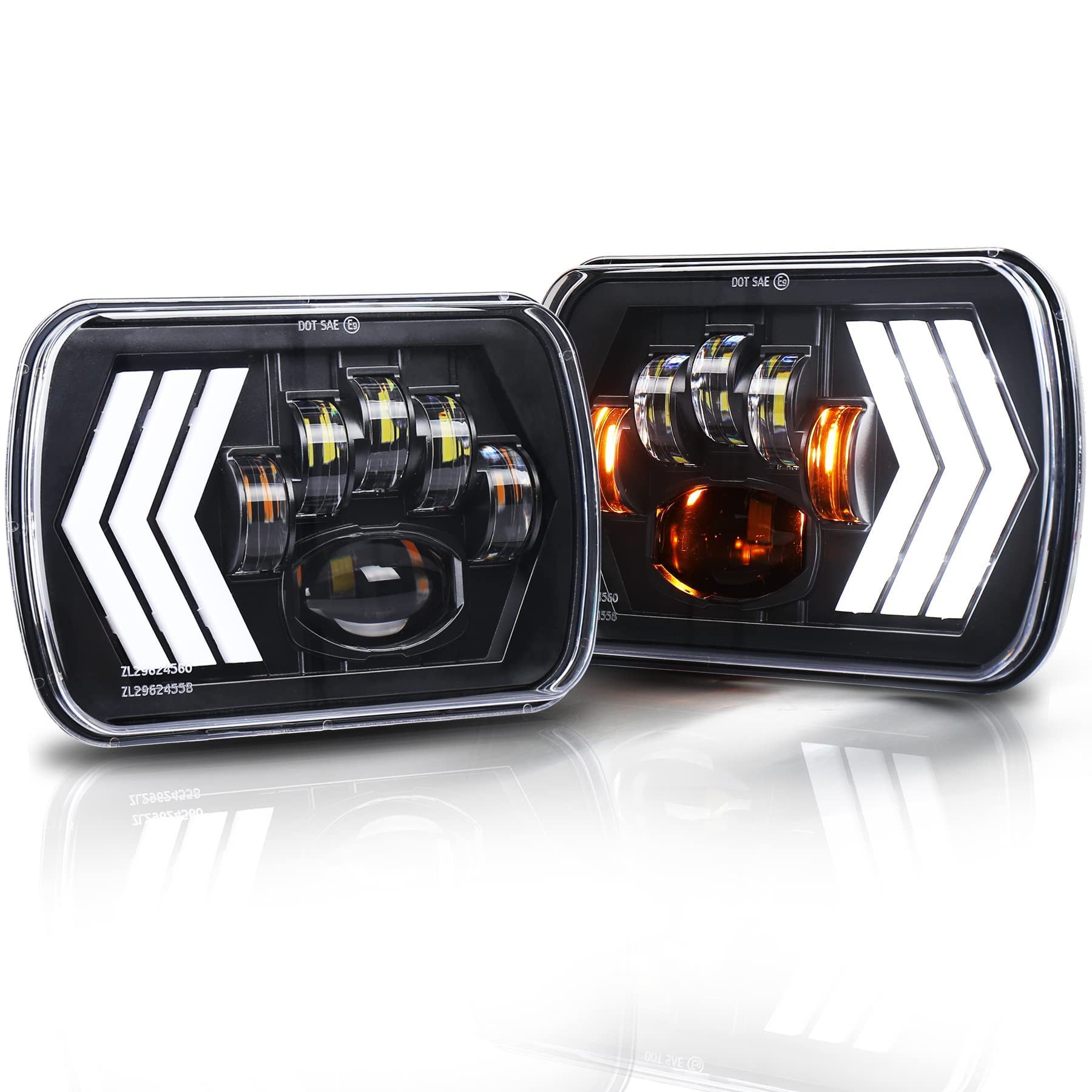
LED Head Lights
If your vehicle came with halogen headlights and you want to upgrade, these bulbs are a great option. They are a direct replacement for your old halogen headlights and offer a pure white light that looks bright.
There are many factors to consider when choosing the right LED headlights for your truck. These factors include color temperature, brightness and expected lifespan.
Brighter Beams
As a general rule, LED headlights produce brighter beams than halogen bulbs. The brightness of a bulb is measured in lumens, and it’s an important factor when selecting a replacement. Too bright, and you risk dazzing oncoming traffic; too dim, and your nighttime visibility LED Head Lights may suffer. The best LED headlights are engineered to deliver a balance of brightness and distance.
Unlike HID bulbs, LED lights don’t have a filament that burns out, so they last longer and tend to be less fragile than halogens. But the LED chips can get hot, so most come with a cooling system to help dissipate the heat. The design of the headlight shell also plays a role in how well the bulbs perform. The point from which the light originates needs to remain in the same location and size to produce a focused beam.
A few of our favorite LED headlights include the Hikari VisionPlus LED bulbs, which are among the brightest on the market. They have a powerful double-layer copper plate cooling system that efficiently transfers heat and provides high-quality lighting. Another option is the Fahren LED headlights, which are designed with ease of installation in mind and have a great track record for responsive customer service. Both of these headlights offer a bright white 6,500K temperature, and both are three times brighter than stock halogens.
Longer Lifespan
Unlike their traditional counterparts, LED headlights do not generate excessive heat. Instead, they dissipate the heat through their cooling fans and braided heat sinks. This helps them last much longer. The average LED bulb will last 50,000 hours. However, if you purchase a cheap kit that does not have powerful enough fans to displace the heat or adequately vent it out of your headlights, they may burn out faster.
LED headlights consume 80% of their energy to create light and only 20% for producing heat. This allows them to stay cool and use less power than halogen bulbs. They also do not melt away the headlights or the wiring harness feeding power to them like halogen lights can.
In addition, LED headlights do not produce glare that blinds other drivers. This makes them a safer choice for nighttime driving than halogen headlights.
Whether you should choose HID headlights or LED headlights depends on your lifestyle and the kind of driving you do. If you are a daytime commuter or avoid night-time driving, halogen lights will work best for you. On the other hand, if you frequently drive in rural areas with few street lights or are a night owl, LED headlights will be more ideal for your needs. Choosing the right headlights can make all the difference when it comes to road safety and your confidence in the dark.
Reduced Glare
When drivers use the high-beam setting of their headlights, it creates glare that can blind other motorists. This type of glare can be avoided with LED matrix lights. These lights are becoming more common in four-wheelers and two-wheelers. They offer huge advances in adaptability and illuminating power compared to standard LED, HID and halogen bulbs.
The LEDs used in these lights do not have any small or moving parts, which makes them less prone to breaking or causing other issues. The fact that they do not produce much heat also increases their durability and lifespan. The LEDs are also more energy efficient than other types of bulbs, using up to 80% less electricity. They also produce far less heat than HID bulbs and other halogen lights.
LED lights are available in a variety of colors and provide motorists with a lot of flexibility when it comes to the look and feel of their vehicle. They also allow designers to create a unique style that can help differentiate vehicles and attract more consumers. This is something that halogen or HID bulbs are not able to accomplish. However, there are some disadvantages to the LED system. One is that the cooling system can be noisy and expensive. The other is that the lights do not come in a stock configuration and may require a bit of work to get the most out of them.
Energy Efficiency
LED headlights use less energy than halogen or HID bulbs to produce the same amount of light. This lowers the strain on your battery and improves LED Head Lights fuel economy. For drivers with EVs, this is a huge advantage since every watt of power saved helps your car travel further on a charge.
Another benefit of using LED headlights is the way they consume less heat while operating. This reduces the stress on your engine, which extends its lifespan and helps prevent costly repairs in the future. This may also help reduce the need for routine maintenance like oil changes and filter replacements.
While LED lights are more efficient than traditional halogen bulbs, they can still be quite bright and should be used with caution. Brighter headlights can blind oncoming traffic, and some states have laws limiting how bright your car’s headlights can be. Make sure to check your state’s rules before installing aftermarket headlights.
While there are plenty of reasons to upgrade your car’s headlights to LED bulbs, it’s important to remember that a blown bulb can be dangerous on the road. Fortunately, LED bulbs are more reliable than halogen bulbs and last longer so that you can enjoy them for the long haul. To learn more about LED technology or get started on a lighting upgrade for your vehicle, contact one of the expert technicians at your local NAPA AutoCare Center.
